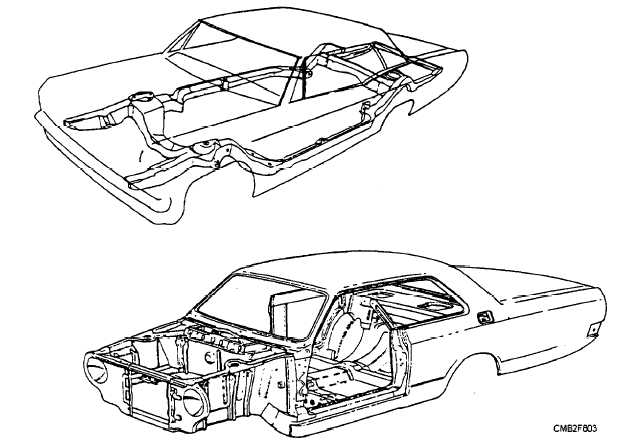
Figure 8-3. - Integrated frame and body.
integral frame and body construction. In a truly integrated structure, the entire frame-body unit is treated as a load-carrying member that reacts to all loads experienced by the vehicle-road loads as well as cargo loads.
Integrated-type bodies for wheeled vehicles are fabricated by welding preformed metal panels together. The panels are preformed in various load-bearing shapes that are located and oriented so as to result in a uniformly stressed structure. Some portions of the integrated structure resemble framelike components, while other resembles bodylike panels. This is not surprising, because the structure must perform the functions of both of these elements.
An integrated frame and body type construction allows an increase in the amount of noise transmitted into the passenger compartment of the vehicle. However, this disadvantage is negated by the following advantages:
Substantial weight reduction, which is possible when using a well-designed unitized body
Lower cargo floor and vehicle height
Protection from mud and water required for drive line components on amphibious vehicles
Reduction in the amount of vibration present in the vehicle structure
TRUCK FRAME (LADDER)
The truck frame (fig. 8-4) allows for different types of truck beds or enclosures to be attached to the frame. For larger trucks, the frames are simple, rugged, and of channel iron construction. The side rails are parallel to each other at standardized widths to permit the mounting of stock transmissions, transfer cases, rear axles, and other similar components. Trucks that are to be used as prime movers have an additional reinforcement of the side rails and rear cross members to compensate for the added towing stresses.
FRAME MAINTENANCE
Frames require little, if any, maintenance. However, if the frame is bent enough to cause misalignment of the vehicle or cause faulty steering, the vehicle should be removed from service. Drilling the frame and fishplating can temporarily repair small
Continue Reading